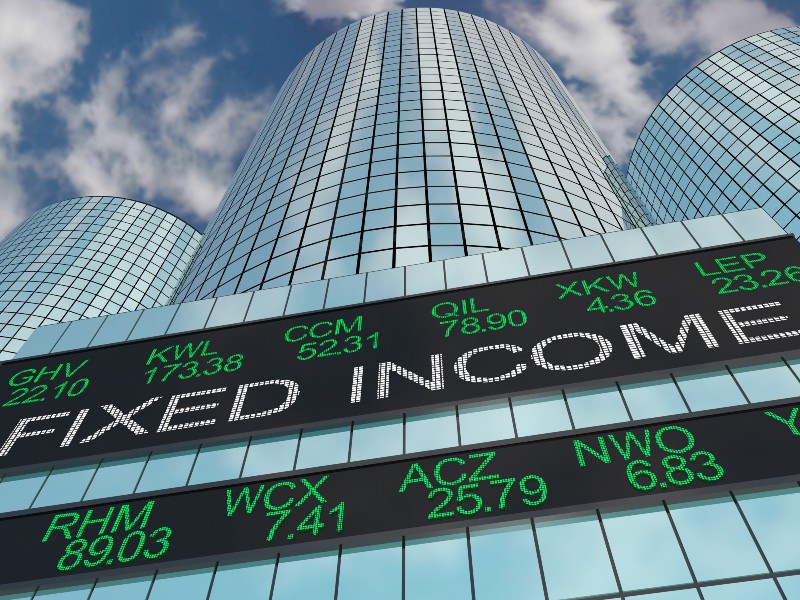

The investment landscape has been transformed globally by the long-term decline in interest rates, yet investors are still looking at fixed income as a source of diversification, according to William J. Adams, chief investment officer, global fixed income with MFS Investment Management.
Adams says when plan sponsors are thinking about the key risks and opportunities within Canadian and global fixed income markets, it’s important to keep risk management in mind.
“It’s not about the management of investment returns – but the management of investment risks,” he says, noting a general fear of missing out continues to influence investor decisions from a practical standpoint.
Today, fear has altered investors’ approach to buying assets and has forced them to chase those trends. Adams says risks that come from investor behaviour in the Canadian fixed income space are now three times greater than they are in the global fixed income universe.
“I’m not saying Canadian investors are doing something wrong or, more importantly, that’s any different from other fixed income investors around the world,” he says. “After all, home country bias in fixed income portfolios is prevalent globally.”
However, the tendency to load up on domestic bonds limits plan sponsor choice and leads to what Adams calls “anti-diversification,” or unintended investment consequences.
To make his point, he compares the Canadian corporate marketplace to that of the U.S., highlighting the role consumer and investor behaviour play in both, especially the growth of consumer and residential mortgage debt.
High consumer debt loads in Canada could indicate that the growth trajectory of the Canadian market has been debt-financed. The question for investors is, what type of vulnerability does that create, and how are you exposed to it in your fixed income portfolio, especially if it’s focused on Canada?
Adams says fixed income portfolios may be even more vulnerable because of home country bias. The investment grade corporate bond market in Canada, for example, is disproportionately comprised of financial issuers, which presents a specific risk. Contrasted to the U.S., Canada did not experience the same real estate drawdown in the Global Financial Crisis. Therefore, market-weight exposure to Canadian investment grade corporate bonds may actually be exposing investors to greater risk relative to the financial sector than they might realize.
“Currently the exposure of real estate to your GDP is arguably at the highest it’s ever been. If you look at any recession in post–World War II Canada, each has started with peak residential investments.”
In addition, Adams says that duration is going up in almost every index.
“When you look at the Canadian market, in light of these factors and through the lens of yield, the return prospects are challenged,” he says. Canadian investors should come to accept global fixed income diversification in the same way as they’ve embraced it in their equity portfolios. Ultimately, they must break through the home country bias in their bonds.
With investors thinking on a longer-term basis, global fixed income can improve return profiles through diversification, no matter what happens with the Canadian economy.
As an alternative, Adams’ recommendation is to consider fixed income opportunities globally, as different bond markets around the world could provide an expanded opportunity set. This would give plan sponsors more opportunities for diversification to help them position portfolios for capital preservation.
